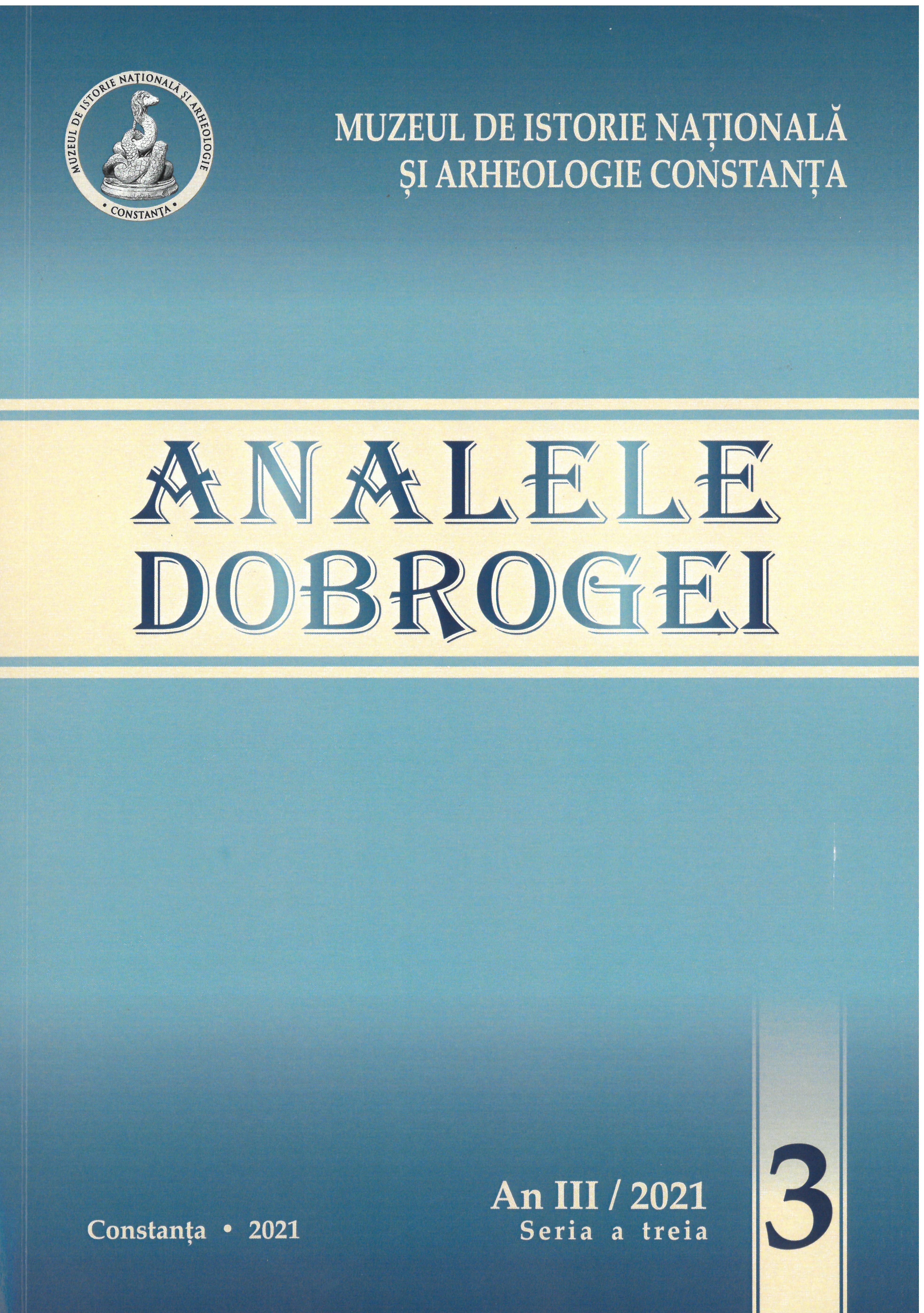ȚARA DE LA FRONTIERĂ: DOBROGEA DE SUD. NOSTALGII IMPERIALE LA MARGINILE IDEALULUI NAȚIONAL (1913-1940)
BORDER COUNTRY: SOUTH DOBROGEA. IMPERIAL NOSTALGIES AT THE EDGE OF THE NATIONAL IDEAL (1913-1940)
Author(s): Florin AnghelSubject(s): History, Social Sciences, Interwar Period (1920 - 1939), Inclusive Education / Inclusion
Published by: Muzeul de Istorie Națională și Arheologie Constanța
Keywords: South Dobruja; Romanian Empire political idea; Bulgaria; Queen Maria of Romania; Balchik; Bazargic (Dobritch); Ottomans;
Summary/Abstract: After 1913, South Dobruja was transformed into an arena of propagandistic dispute, both Romanian and Bulgarian, and its territory was the ground of an acerb competition between projects of identity and national construction, and modernization programs.The nostalgia of an imperial past for the Romanians – a mediocre political idea followed in headlines in the 1920s and 1930s – will be much better emphasized in the second half of 1941, when a propaganda-type speech would have to justify the military action within the USSR . A fact merely guessed at the beginning of the20th century, the „Romanian empire“ becomes, in 1941, a concept often used in the public space in Bucharest. South Dobruja has never been a representative historical region in defining a national movement, a state ideology, or in creating representative elites for the legitimation of historical attributes of the governance of the region. Before 1913-1914 Dobruja had not been regarded with much empathy by the Romanians. Most of the texts proposed readings about a different, exotic territory, distanced from the values of the Old Kingdom, and with a visible oriental specific, as remains of the Ottoman Empire. There are, yet, significant exceptions. Queen Maria of Romania, for instance – which has considered Dobruja, and especially the Cadrilater, as an extremely familiar region: as a proof, amid the 1920s she has built in the province two splendid royal villas, both on the seashore, in Mamaia (Kara Dalga) and Tenha Juvah in Balcic (Balchik). The Cadrilater had remained for the Romanians just as it had been at the time of its inclusion, back in 1913: an exotic and incomprehensible borderland.
Journal: Analele Dobrogei
- Issue Year: I/2021
- Issue No: III seria3
- Page Range: 47 - 66
- Page Count: 20
- Language: Romanian

